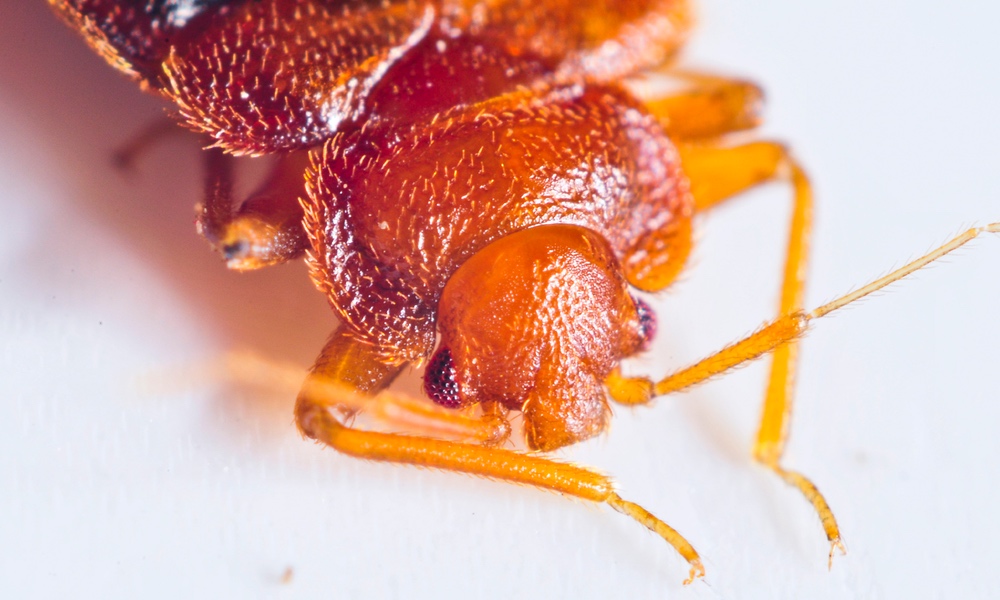There's more to being a bed bug than the pursuit of a good meal. Scientists studying the creatures have found that color plays an important part in a bed bug's life. And maybe, someday, we'll be able to use this information to gain the upper hand with them.
Bed bugs don't like being out in the open. They instinctively seek out the security of a hiding place or harborage. Researchers used this trait to test their color preferences.
The researchers placed bed bugs in the center of a Petri dish that offered them several tent-like refuges in the form of colored cardstock (heavy paper). They expected the bed bugs would simply choose the nearest hiding place, but that's not what happened.Two tendencies stood out: they strongly preferred red and black and avoided green and yellow.
“We originally thought the bed bugs might prefer red because blood is red and that's what they feed on,” said study co-author, Dr. Corraine McNeill. “However, after doing the study, the main reason we think they preferred red colors is because bed bugs themselves appear red, so they go to these harborages because they want to be with other bed bugs….”
She also suggests that a possible explanation for why bed bugs avoided yellow and green colors is because those colors resemble brightly-lit areas.
So should you run out and buy green and yellow sheets and avoid red and black ones? The research is far too early, according to McNeill, an assistant professor of biology at Union College in Nebraska. Though not initially taken with the idea of studying bed bugs' preferred color palette, at the urging of her advisor in graduate school, Phil Koehler, McNeill did some preliminary testing. That testing confirmed that the bugs did indeed show color preferences.
Other factors also influenced a bed bug's actual color choice in the study. The bugs' color preferences changed as they grew older, when they were in groups rather than alone and whether they were hungry or fed. There also seemed to be some sex differences in color preference, though not along the lines of pink and light blue.
“The point isn't to use the color traps in isolation, but to use color preference as something in your toolkit to be paired with other things such as pheromones or carbon dioxide to potentially increase the number of bed bugs in a trap,” said McNeill.
The study appears in the Journal of Medical Entomology.





